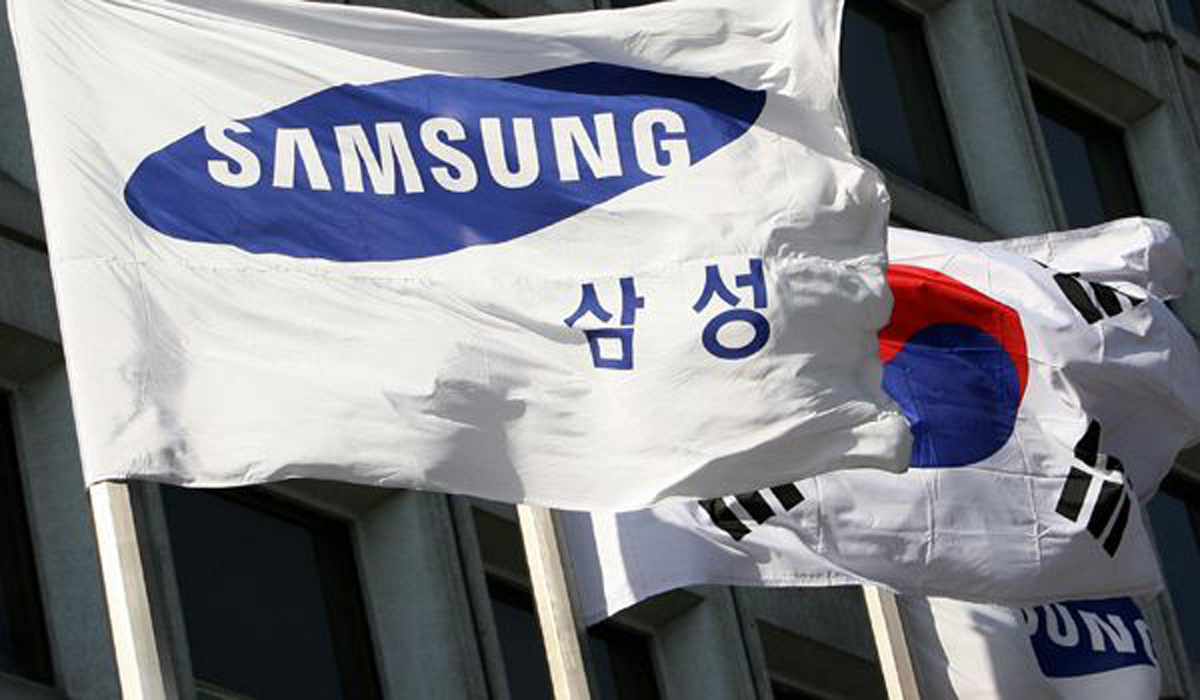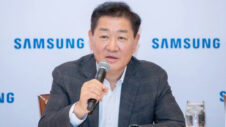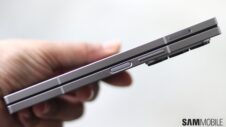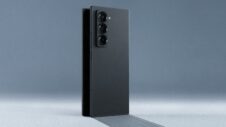Samsung Electronics managed to secure another batch of photoresist from Japan on Monday amid trade restrictions, according to a KBS report cited by ZDNet. Although the trade dispute between South Korea and Japan continues, the Japanese government has reportedly agreed on exporting enough photoresist to allow Samsung to manufacture semiconductors for six months. That is on top of an earlier export agreement settled at the beginning of August, which gave Samsung enough photoresist to manufacture chipsets for three months.
In theory, this means that Samsung Electronics should now have enough photoresist to create chipsets using the EUV manufacturing process for the next eight-to-nine months. The new Exynos 9825 employed by the Galaxy Note 10 series in most regions was manufactured on a 7nm LPP process using EUV (extreme ultraviolet lithography). With enough photoresist to last for three quarters, the chipset’s production should theoretically be unhindered, at least for a while.
Display compounds don't seem to be covered by the latest agreement
Unfortunately, the trade restrictions imposed by the Japanese government also affect the export of hydrogen fluoride and fluorinated polyimide. Both of these compounds are vital to the manufacturing of displays, and the recent report makes no mention of any new temporary export agreements pertaining to them.
However, about a month ago Samsung Display was reportedly discussing with South Korean chemical manufacturing companies about the possibility of acquiring colorless polyimide locally instead of having to rely on Japanese suppliers. At that time, it was said that Samsung Display had enough polyimide inventory to last for two-to-three months. The display situation remains unclear, but at least it’s good to know that Samsung will be able to manufacture its EUV-based chipsets for the foreseeable future.







